#finnish mythology
Explore tagged Tumblr posts
Text
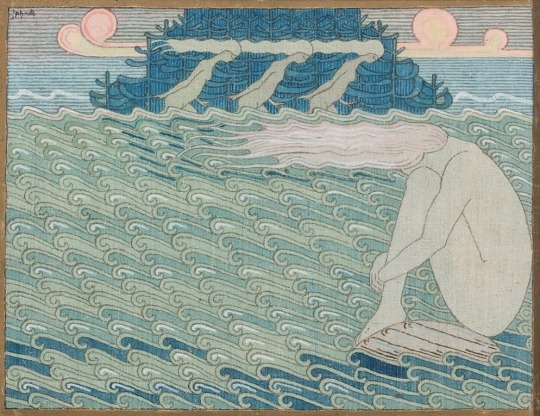
Fairy Maidens of the Waters
1919/20
Artist : Joseph Alanen (1885-1920)
6K notes
·
View notes
Text







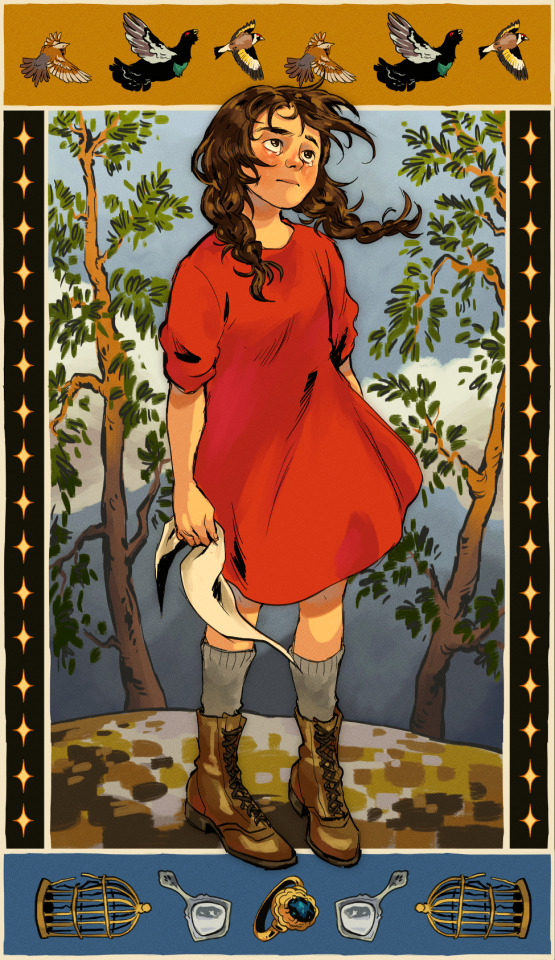







once again compiling a bunch of both my finnish mythology and folklore related stuff with finnish fairytale illustrations!
797 notes
·
View notes
Text

Origin of Snake
Original for sale on Everyday Original!
Syöjätär on the water spat, let drop the slaver on the waves. Wind rocked it to and fro, the swell of the sea kept swaying it on the hollow waves. The water stretched it out in length, air twisted it into a “spinning staff”. A wind then wafted it ashore, the water drew it to a cape, a current flung it on a rock. Wind blew it hard, a chill wind dried it up, sun baked it into a spiral form, in the cliff’s cave upon the beach, at the side of the speckled stone, in the bosom of an evil stone. Hiisi gave life to it, by spells Piru gave it eyes, the jawbones Lempo formed, the wretch brought together the teeth. Hence birth was given to the snake, a name was given to the bane.
In Finnish mythology the snake has many origin stories, most of them of evil descent. Syöjätär is a character in Finnish folklore. She is associated with the origin of some diseases, as well as unpleasant creatures such as the snake, lizard, or wolf.
This story also features other characters with dark associations, such as Hiisi, Piru and Lempo, all of which played a part in the origin of the snake. The venomous adder was hated but the snakes – both the adder and the non-venomous grass snakes – were also respected and they were said to ward off evil so people often kept and fed snakes in or near their settlements.
Find me and my art elsewhere!
More of my OLD GODS series
#artists on tumblr#traditional art#traditionalart#snake#adder#finnish mythology#old gods#traditional painting#ink painting#ink#snake art#everyday original
318 notes
·
View notes
Text

💧 Danaë Vemente (she/her) — wood elf ranger

#she's my pc for an upcoming icewind dale game! she's a fey wanderer ranger#artists on tumblr#digital art#dnd#dnd art#character design#oc#original character#ttrpg art#elf#ranger#wood elf#finnish mythology#my art#danaë#icewind dale#rime of the frostmaiden
181 notes
·
View notes
Text

If anyone out there is interested, this is a direct quote from the Finnish national epic Kalevala (or more precisely, its English translation by John Martin Crawford in 1888). Here it is in Finnish:
Siitä jauhoi uusi sampo, kirjokansi kiikutteli, jauhoi purnun puhtehessa: yhen purnun syötäviä, toisen jauhoi myötäviä, kolmannen kotipitoja.
In the Finnish mythology, the Sampo is a magic mill forged as a gift for the mistress of the North (Louhi) in exchange for one of her daughters. The Sampo can be used to grind grain, salt and gold out of thing air, which is probably where our favourite con artist gets his name. Koski is a fairly common Finnish last name that literally translates to a "stream" but doesn't have any direct relation to Kalevala. Although, eventually the Sampo is stolen and ends up sinking to the bottom of the sea, so there could be a tenuous link to that.
And for any fellow linguistics nerds out there, most of Kalevala is written in trochaic tetrametre, meaning that every line consists of eight syllables (or four feet) where a stressed syllable is followed by an unstressed one. We actually call this "the Kalevala metre", and you could take almost any line from the epic and ask a (musically inclined) Finnish person to sing it. It was made to be sung. And what makes me incredibly happy is that the translation keeps the same metre: "Well the Sampo grinds when finished, to and fro the lid in rocking."
This also means that what Sampo is singing in this (regrettably unvoiced) scene adheres to the same rhythm, and the melody would probably be some variation of this: https://youtu.be/XRdCsEVFd4I?si=YDjFIVTFYwAsa8U7
#honkai star rail#hsr#sampo koski#hsr sampo#finnish mythology#kalevala#linguistics#finnish language#translation#shouting out the translators because no one else will#this post is for nobody#just a very specific intersection of my special interests
199 notes
·
View notes
Text
My theory on Sampo's true identity...
(Minor Spoilers for 2.4) (also, I’m no expert in… anything, really, but these are just my ramblings).
So, this has probably been mentioned before, but I have a teeny-tiny theory about Sampo’s true identity, and it relates to Finnish mythology.
So, “Sampo” in and of itself doesn’t have a set meaning, but it has its roots in Finnish mythology, particularly the “Kalevala” which is a 19th-century compilation of epic poetry. In it, a blacksmith god by the name of Seppo Ilmari(nen) forges the mythical device known as “The Sampo”. It’s never quite explained what The Sampo really is; some versions depict it as a mill, others as a cornucopia from which bountiful creations flow from, and some even have it as being a world tree/world pillar, so what The Sampo really is, isn’t entirely known. But, what is known, is that it brought riches and good fortune to its holder (again, the same as the cornucopia from Greek mythology).
But why am I mentioning all of this? Why bring up the Kalevala? It could be that Hoyo just chose the name “Sampo” for some flavour—befitting of a character who magics up relics from seemingly thin air and is trying to create riches—and yeah, it’s a possibility…
Until I saw these two screenshots from the 2.4 story:
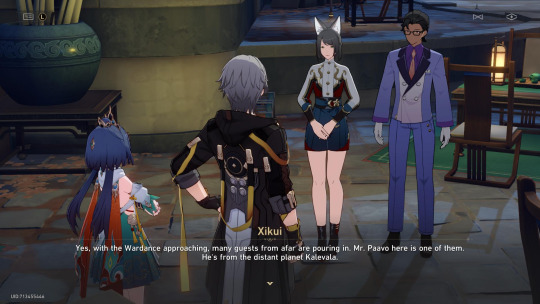
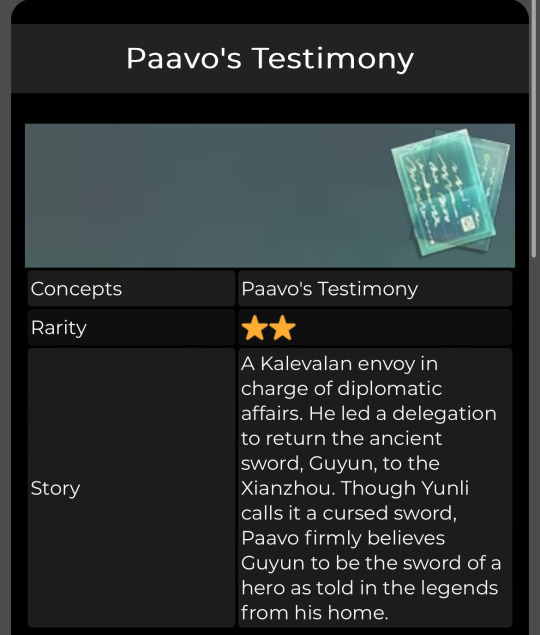
You know what this means, right?
Kalevala is a real planet in Hoyo’s Star Rail universe, and I find it awfully coincidental that they would use this name for a planet and not have it related to a certain blue haired conman, especially since The Sampo is such a pivotal element in the plot of the Kalevala—there is no way this is a coincidence (I refuse to believe it).
This leads me to believe that Kalevala is Sampo’s real home world, and is where he originates from.
Now, this is all well and good, knowing where “The Sampo” hails from, but I want to focus on its creator—Seppo Ilmari(nen)—and his parallels to a certain blue haired conman. For one, Ilmari(nen)’s name is quite interesting as the ‘Ilma’ part is Finnish for ‘air’ or ‘weather’, and as we know, Sampo’s element is that of ‘wind’ (And also the fact that Ilmari(nen) is credited as “Godlike smith-hero and creator of the sky”. I could go into a whole spiel about Ilmari(nen) and Qlipoth swinging their giant hammers in tandem together for all eternity (Go Sampard! Geppie is Qlipoth's true heir, you can't convince me otherwise!), but that’s for another conspiracy theory lol).
So, ‘Ilma’ means ‘air’, and Sampo wields ‘wind’.
Cool.
If the parallels ended there, I’d just say I was being crazy… but there’s more.
Sampo’s 4th (and arguably best) eidolon is called “The Deeper the Love, the Stronger the Hate”. Two out of his six eidolons refer to 'love', whilst the other 4 are to do with wealth and riches. The wealth and richest aspect leans towards The Sampo of mythology, whilst the ‘love’ aspect, well…
According to the story, Seppo Ilmari(nen) is the unluckiest bastard alive when it comes to love. Like, seriously. His whole storyline is that he can’t find a woman. For one, Seppo Ilmari(nen) is double crossed by his so called buddy, Väinämöinen, into creating The Sampo for the evil witch Louhi of Pohjola in exchange for her daughter’s hand in marriage (which, Ilmari didn’t even want in the beginning), but when the poor guy actually sees the daughter and falls in love with her (and subsequently creates the Sampo—after failing miserably a number of times, mind you—he creates a crossbow, a boat, a cow(wtf?) and a plough, all which are somehow either evil or flawed), she ups and just leaves him hanging! (in the original runes, however, he is successful in gaining a wife, as his ‘unlucky in love’ spiel was later added by Lönnrot in compiling the Kalevala).
As with any mythology and re-telling of it, there’s so many different versions of the same event. In “The Maiden of the North”, a 1898 opera written by Oskar Merikanto, both Ilmarinen and Väinämöinen compete for the chance to marry Louhi’s daughter, who is then mentioned as being “Ilmari(nen)’s first wife” and who later dies to Kullervo’s curse (apparently she was a bit of a bitch to Kullervo by taunting and tormenting the poor boy—who was a child slave mind you!). Distraught, Ilmari(nen) forges himself a wife of gold and silver, but he finds her to be too cold and callous—he forges her out of love but only finds hate—so he tries to gift her to Väinämöinen (who doesn’t want her either, lol), and suggests he cast her back into the furnace and to “forge from her a thousand trinkets”.
Here’s the accompanying poem:
Never, youths, however wretched,
Nor in future, upgrown heroes,
Whether you have large possessions,
Or are poor in your possessions,
In the course of all your lifetime,
While the golden moon is shining,
May you woo a golden woman,
Or distress yourselves for silver,
For the gleam of gold is freezing,
Only frost is breathed by silver.
It is apparently your standard Aesop’s fable of “money can’t buy happiness”, which is something else I see in our dear old Sampo Koski. During our time in Belobog, we see how different he acts with the Underworld and Overworlders. To the poor, he actually seems approachable (albeit a bit of a nuisance), going so far as to help the Underworlders (an example being the questline “Survival Wisdom” in which he and Peak set up a business together renting out his tools to help the miners make a decent wage to support their families). In contrast, we actively see Sampo being very hostile towards the Overworlders, scamming them and putting the nobles in their place or setting them up to be caught by the Silvermane Guards (an example being during the museum questline where you discover his identity as “Mr Cold Feet”. Sampo clearly states to who he thinks is his mark that ‘we are not friends’ in a very hostile manner, something which we’ve not seen from Sampo before as he is usually quite amicable).
For all Sampo’s showboating and flashing his money around, he helps where it counts. He wants to make money, sure, but not at the detriment of the people who need it the most, only to those with excess.
Anyway, back to him being unlucky in love…
In another rune entitled “Kosinta”, Ilmari(nen) goes on a journey to compete for Hiisi’s daughter, and wins by completing various feats, one of them being “ploughing a field full of snakes”:

And as we know, Sampo is very heavy on the snake motifs (the head of the snake on his shoulders, the spine wrapped around him, the daggers are its fangs…etc.)
So that’s another interesting link between Seppo Ilmari(nen) and Sampo Koski.
So, why have I gone on this long winded tangent about Seppo Ilmari(nen) when I’m supposed to be talking about Sampo Koski?
Well, that’s because I think Sampo Koski’s real name is (or a variant of) Ilmarinen.
In the Hoyo universe, I believe Ilmarinen came from the planet Kalevala and ‘created’ the persona of Sampo Koski, much like how in the Kalevala, Seppo Ilmari(nen) forged The Sampo.
As I’ve listed above, there’s so many links between the two:
“Air” as a name and “Wind” as an element.
Seppo Ilmari(nen) ploughed a field of snakes to win Hiisi’s daughter’s hand in marriage, whilst Sampo Koski relies heavily on snake motifs for his attire.
Sampo’s two eidolon names that relate to love (which are completely different from the other 4 eidolon names), whilst Seppo Ilmari(nen) is known to be unlucky in love.
I’m pretty damn sure Sampo creates his own bombs and tinkers with the old relics to bring them back to life, whereas Seppo Ilmari(nen) is a smith who created the dome of the sky! They’re both artificers!
And now the revelation that a planet by the name of “Kalevala” exists is no mere coincidence.
So, either Sampo is Ilmari(nen) - or! - Sampo is a puppet (like Herta) created by someone called Ilmari(nen).
(I would love if his 5* version is him with this name).
Right, I’m finished rambling. Gonna go huff some copium...
#honkai star rail#sampo koski#hsr#Sampo#fan theory#theorycrafting#huffing the copium#I really need a 5* of this man#There's probably a bunch of stuff I've missed...#I am literally dying for Sampo content#I WANNA GO BACK TO BELOBOG!#Seriously when I saw the name 'Kalevala' show up as a planet name I lost my shit#Kalevala#finnish mythology
338 notes
·
View notes
Text
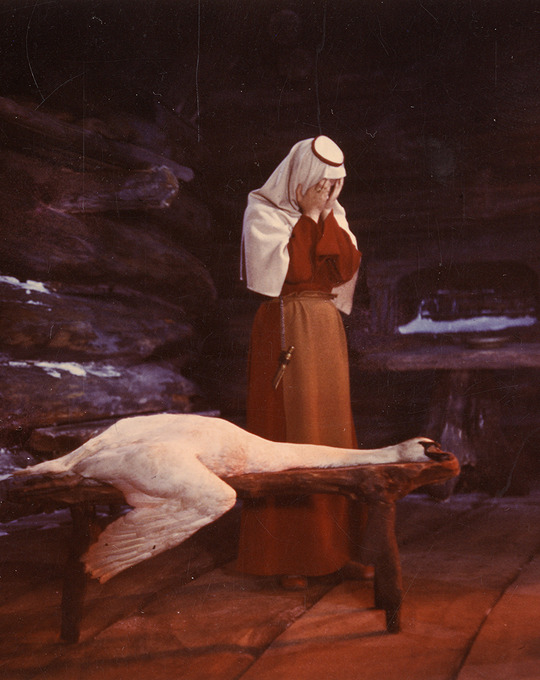
Sampo (The Day the Earth Froze) 1959 dir. Aleksandr Ptushko
537 notes
·
View notes
Text
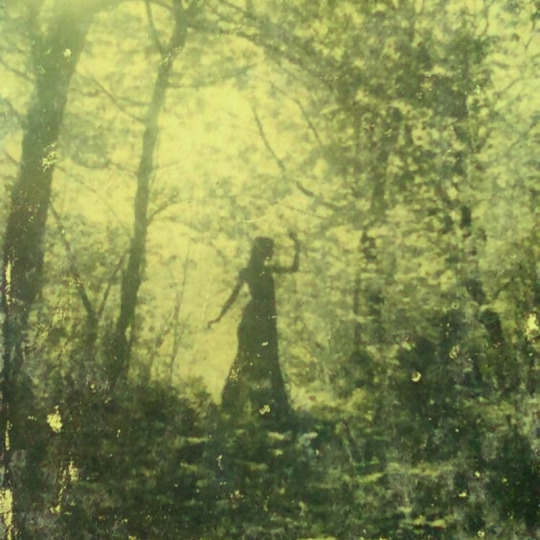

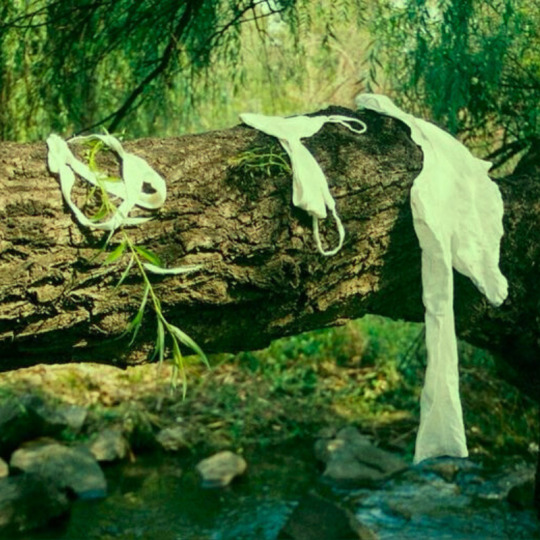



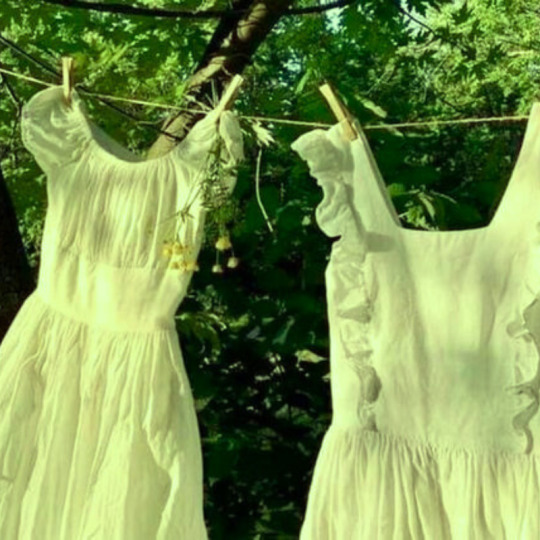

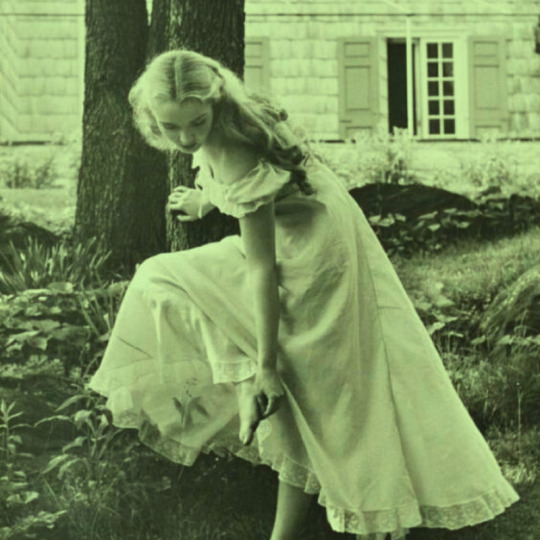
finnish mythology: pihatonttu
pihatonttu are tutelary, which are spirits or deities of particular locations, people, nation, or culture, of the yard. they are generally described as being short, having a long white beard, and wearing a conical or knit cap in gray, red or some other bright colour. they often have an appearance somewhat similar to that of a garden gnome.
275 notes
·
View notes
Text









f/f myth: kalma & persephone
requested by anon
140 notes
·
View notes
Text
Loki: Child of the Wind and the Witch
Finding aspects of Loki in Finno-Ugric myth

(This is from an article I wrote on my blog in 2022, I have more thoughts on this now that I may write about later such as Loki's connection with traps, rivers and fishing!)
I noticed in the poem Haustlöng that Loki is both referred to as “Fárbauta mög”, son of Fárbauti, and as “barn Öglis”, child of the eagle in stanza 12. We know that he is the son of Fárbauti, a giant who many see as connected to lightning, but let’s look at Hræsvelgur for a bit. Hræsvelgur is “a giant in the shape of an eagle”, the source of all wind and, according to Snorri, is located at the northernmost point of the world. His wing beats send winds over mankind.
Then said Hárr: "That I am well able to tell thee. At the northward end of heaven sits the giant called Hræsvelgr: he has the plumes of an eagle, and when he stretches his wings for flight, then the wind rises from under his wings, as is here said:
Hræsvelgr hight he | who sits at heaven's ending,
Giant in eagle's coat;
From his wings, they say, | the wind cometh
All men-folk over."
- Prose Edda, chapter 18
In stanza 50 of the Völuspá there is mentioned a tawny eagle who screeches and tears up corpses, "...ari hlakkar; slítr nái niðfölur...". To me this sounds like Hræsvelgr, it fits one interpretation of his name at least (corpse-gobbler) .
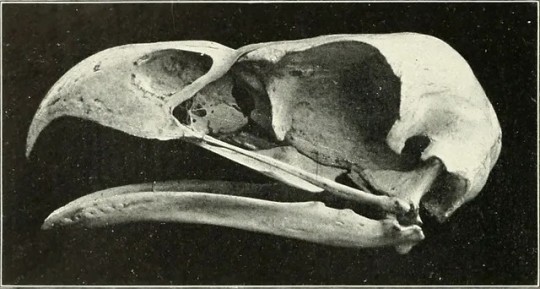
Let’s now think about the name Fárbauti. Fár means danger or destruction, and in Icelandic a common use of the word is in “Fárviðri” meaning dangerous weather. “Bauti” comes from “bauta”, which means to strike/hit and has the same origin as the word “beat”. As said before, many people interpret his name to mean “dangerous striker” and connect him to lightning, but what if these “dangerous beats” were wing beats that sent forth dangerous weather? If Fárbauti is a kenning for Hræsvelgur, this would explain why Loki is referred to as “the child of the eagle”.
But what about Loki’s mother? Laufey is often translated as “leafy island”, but the Icelandic etymological dictionary suggests a connection to the Finnish underworld goddess Louhi, sometimes conflated with Loviatar.
Her name Nál is also translated as “needle” but the Icelandic Etymological Dictionary suggests it may also be related to the obscure goddess Nehalennia, as well as being connected to the latin word necāre which means "to kill", especially by methods such as poisoning or starvation. The dictionary also makes a suggests a connection to the dwarven names Náli, Náinn and Nár which are likely related to the word nár meaning "corpse" or "dead". If Laufey is related to Loviatar then this origin would definitely be very fitting.
In Finnish mythology Loviatar is impregnated by the wind, which would tie her to Laufey if Fárbauti is indeed Hræsvelgur, the source of wind/stormy weather.
On the fields of sin and sorrow;
Turned her back upon the East-wind,
To the source of stormy weather,
To the chilling winds of morning.
— Kalevala, Rune XLV, from the translation by John Martin Crawford
I also read in this article that a part of Mari (a Finno-Ugric people in Russia) spiritual practices is a ritual where young women make love to the wind. This is all I know and haven't yet found more information on it but it is interesting to see making love to the wind as a positive thing in one Finno-Ugric culture but further West it is something that an "evil underworld witch" does.

Loviatar is also referred to as the mistress of Pohjola, which is “the extreme north”, a dark, terrible place. In Mythologia Fennica she is referred to as the emuu or “ancestor spirit” of wolves, connecting her to Loki’s association with wolves as the father of Fenrir. Impregnated by the wind, Loviatar gives birth to nine children, associated with diseases but one son stood out:
One remained without getting a name, a boy at the bottom of the batch, a mouthless, eyeless brat; afterwards she ordered him away, to the tremendous Rutja rapids, into the fiery foaming surge. From him sharp frosts were bred, from him arose the Syöjätärs, from him the other destroying ones, he begat the sorcerers on lakes, the wizards in every dell, the jealous persons in every place, in the tremendous Rutja rapids, in the fiery foaming surge. - John Abercromby, The pre-and proto-historic Finns : both Eastern and Western, with the magic songs of the West Finns
Syöjätärs are kind of Baba Yaga-like troll women.This myth has a resemblance to the last part of the 12th stanza in Völuspá hin Skamma, where it is said that Loki is the origin of all monsters or “troll women”.
Varð Loftr kviðugr
af konu illri;
þaðan er á foldu
flagð hvert komit.
Translation:
(With child from the woman | Lopt soon was,
There hence on earth | came the monsters all.)
Flagð here is translated as “monsters” but it is more commonly used as a word for witches or troll women.

Norse mythology is a shamble of many different tales and myths from different cultures, it wouldn't surprise me if aspects of Loki can be found in Finnish myths and folklore.
I want to preface this next part by saying that I have not studied etymology on an academic level, but I do know that Norse and Finnic people borrowed words from each other (f.x. the Norther-Sámi word siedi, which means "sacred offering site/offering stone" is borrowed from Norse seiðr).
If Loki is actually Lóðurr, and there is some evidence he is (Haukur Þorgeirsson of the University of Iceland writes about it here), then Loki is also responsible for the creation of man according to Norse myth. The Finnish luoda (“to create”, from Proto-Finnic *loodak which means "to create" or "cast/throw") sounds like it could be connected to Lóður, however Lóður is thought possiby derive from Icelandic lóð meaning "growth or product/yield". I still find it interesting that another Icelandic verb, afkasta ("profit, yield") has connections to throwing, clearly throwing and creating are sometimes linked concepts.
I also found out that from *loodak comes the word luopa "renounce/abandone" and luopio which means “traitor”. These words are likely derived from the "casting" definition of *loodak and to me sound eerily like Loptur but could be a bit of a stretch as well.
The word I find most interesting though is the Finnish word loukko. The general consensus regarding the name Loki is that it is most likely from "loka" which means to shut or open, also “lok” which is "ending" (same root as the english word “lock”). However, loukko (hole, hollow, inside corner, pit) from Proto-Uralic *lowkke (“hole, opening, cavity, hollow”) attracts my attention because of the aforementioned meaning of Loviatar's name which is made up of lovi ("cleft" or "hole") and -tar (feminine suffix). The Finnish way of saying "falling into a trance" is "langeta loveen, literally "falling into lovi, falling into a cleft".

This phrase, falling into a cleft, refers to cracks in stone being gateways to the underworld in Finnish-Karerlian shamanistic folklore. Antti Lahelma writes about cracks in painted/carved rock faces being gateways to the Underworld as a phenomenon attested cross-culturally. On the rocks by the lake Onega in northwestern Russia there are images of swans entering or emerging from cracks in the rock, Lehman writes that this could represent the soul of a shaman or dead person passing between this world and the Underworld. In their article Liminality, Rock Art and the Sami Sacred Landscape, Inga-Maria Mulk and Tim Bayliss-Smith suggest that Badjelánnda rock art site in northern Sweden should be seen as a Sámi gateway to the Underworld. They also write that water seeping out of cracks in these smooth, south-facing black rocks represented new souls returning to the Middle World. According to Russian scholar Vladimir Napolskikh's constructed ‘map’ of Proto-Uralic cosmology (see image below), the Underworld or Lower World is associated with North, the river mouth, cold sea and subterranea.

(Vladimir Napolskikh 1992)

Photo of a plaster cast of a swan carving in Besov Nos.
Migratory water-birds such as swans, geese and ducks were birds of the Upper World, but the birds of the Lower World were loons. These birds often feature in Earth-Diver myths and Napolskikh writes that in some versions it is the loon (or someone who transforms into a loon) that dives to the bottom of the sea and fetches the earth that land shall be made of. However, in some myths the loon is the unsuccessful rival of another creature (often a duck) which does manage to fetch earth, sometimes the loon is even a form of the Devil.
An interesting theme that can be found in some versions is the Devil/loon/second bird using part of the earth to create the land as well. This is sometimes a team effort between the two creators but sometimes the Devil/loon/second bird deceitfully conceals a part of the earth in it's beak/hands and either deliberately or accidentally creates it's own parts of the world. One myth I find particularly interesting features the Devil demanding a small piece of earth and from the resulting hole emerge all kinds of vermin. Here we see some familiar concepts; A creator, a hole or gap, a traitor, an originator of undesirable creatures. Lóðurr, Loki, Loptur?
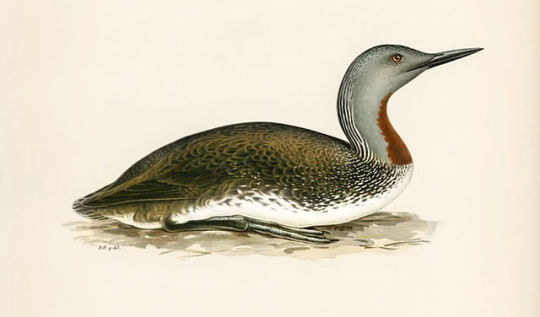
Probably the most compelling evidence that suggests that Loki is connected to loons can be found in An Account of the Sámi by Johan Turi. He writes about the loon being a noaidi bird (i.e. associated with Sámi shamanic workers) and being able to foretell changes in the weather. Most remarkable however, is that the beaks of the red-throated loon were used "in the olden times" to make weapons like arrows and it was believed that such weapons are the only things that can kill people that have been enchanted to resist arrows. This reminds me of the mistletoe that kills Baldur as well as Loki’s weapon Lævateinn/Hævateinn which is the only weapon that can kill the rooster Viðófnir.
Thinking of all of his names and these words fills my head with repeating sounds, Lou Lo Ló Low Loo. This reminds me of the sound of the Sámi joik or luohti, a kind of singing which is sometimes done in a shamanic context. Not necessarily related, I just wanted to add this in.
This whole thing might be me just grasping for straws, but I strongly believe that the myth of Loki is tied to something deep. Is Loki the howling sound of the wind passing through cracks and clefts in stone? A being that dives into the Underworld? A cunning magician with loon-beak arrows?

#mine#loki#lokean#pagan#heathenism#heathen#mythology#academic#finnish mythology#finno ugric#sámi#hræsvelg#laufey#loviatar#shamanism#witchcraft#louhi#chthonic#cthonic deities#gods#norse mythology#etymology#lóður
131 notes
·
View notes
Text

Karuliina & her babysitter 🦊🧡
She is a knower, a bridge between humans and the spirits of nature. After some convincing, she agrees to take in Annukka as her apprentice. Together they go to meet the King of the Forest — all the while ”Fox” makes sure the girls don’t do anything too stupid.
42 notes
·
View notes
Text
Back on my bullshit

@godsofhumanity
#mythology#classical mythology#norse mythology#loki#aztec mythology#egyptian mythology#greek mythology#finnish mythology#louhi#horus#frigg#frigga#osiris#hermes#tezcatlipoca#baldr#baldur#balder#btw louhi is thinking like 'maybe this spider will bite vainamoinen and that bitch will die and learn to never steal my shit again'#bugs#bug#tw bug mention
64 notes
·
View notes
Text

Origin of Raven
The scoundrelly raven, Lempo’s bird, the most disgusting bird of air was born on a charcoal hill, was reared on a coaly heath, was gathered from burning brands, was bred from charcoal sticks, of potsherds its head was made, its breastbone from Lempo’s spinning wheel.
Avaialble on Everyday Original!
Find me and my art elsewhere!
#raven#corvid#corvids#raven art#birds#bird#bird art#mythology#folklore#finnish mythology#finnish folklore#traditional art#traditional painting#art#artists on tumblr#old gods
612 notes
·
View notes
Text

In your likeness 🪦🥀
Rhodon (he/it), my reborn sea elf bard, with both his past and present self.
#rhodon both as his past and present self teehee#artists on tumblr#dnd art#ttrpg art#digital art#drawing#dnd oc#greek mythology#finnish mythology#my art#rhodon#mythology
208 notes
·
View notes
Text
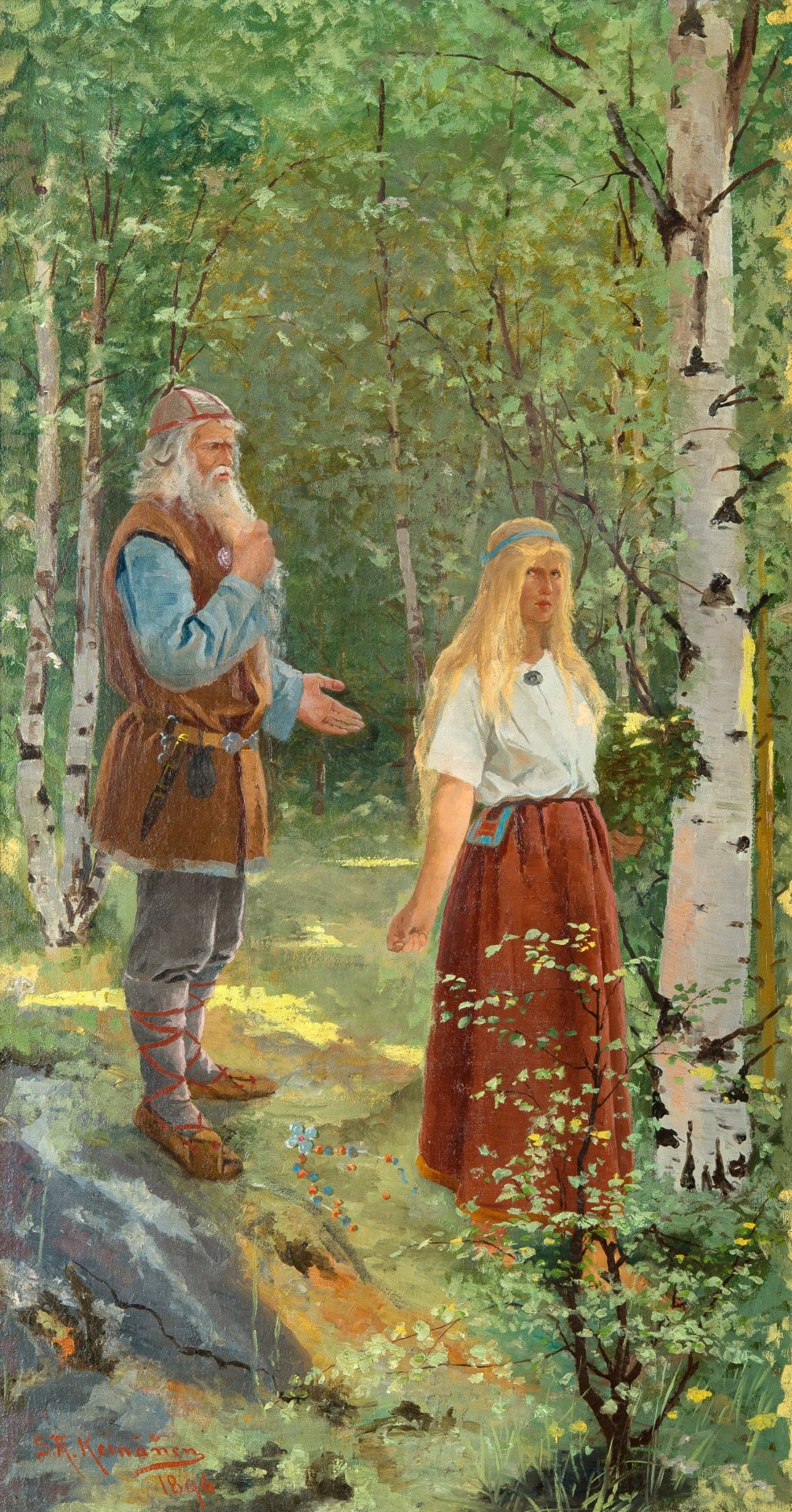
Väinämöinen and Aino, Sigfrid Keinänen, 1896
#art#art history#Sigfrid Keinänen#literary painting#illustration#Kalevala#mythological painting#Finnish mythology#Finland#Finnish art#19th century art#oil on canvas#private collection
174 notes
·
View notes
Photo
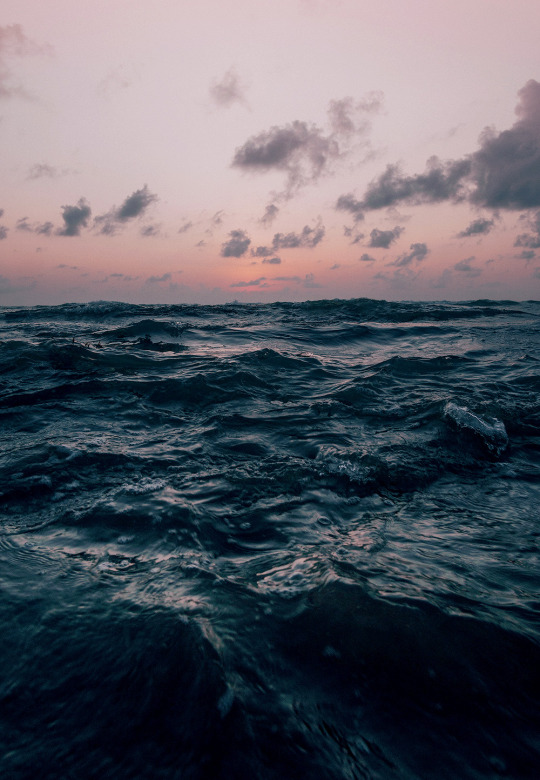

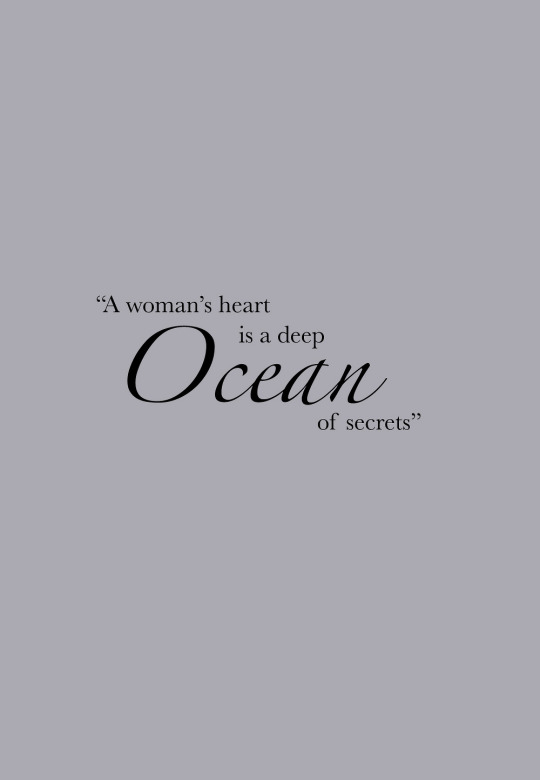
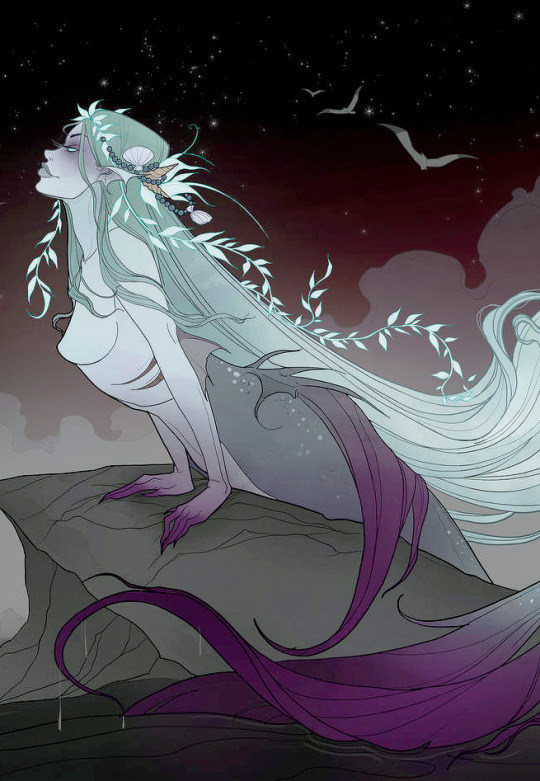
The Evermore Grimoire: Finnish Mythology
Vellamo was the goddess of water, lakes and seas in Finnish mythology. She was said to be tall and beautiful, and was respected by fishermen, who prayed to her for good fishing luck. She could also control the winds to help sailors, and also controlled the storms and waves. Vellamo was said to wear a blue dress made from sea foam. Her name comes from the Finnish word ‘velloa,’ which means ‘movement of water and waves.’ She was also often depicted as a mermaid.
artwork by IrenHorrors
#MythEdit#MythologyEdit#FYeahMyths#FantasyEdit#Finnish Mythology#Sea Goddess#Merpeople#Goddesses#My Edit
650 notes
·
View notes